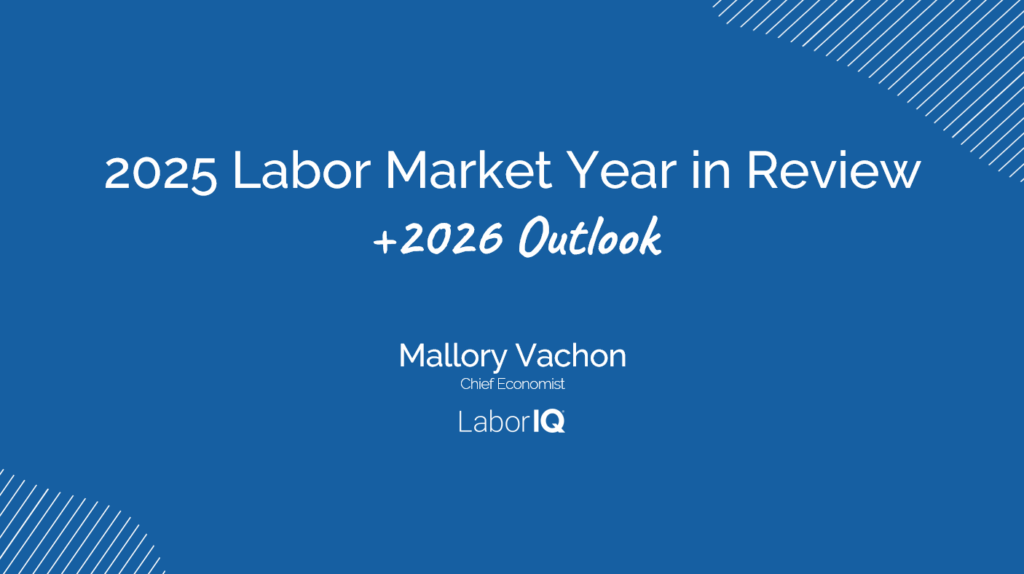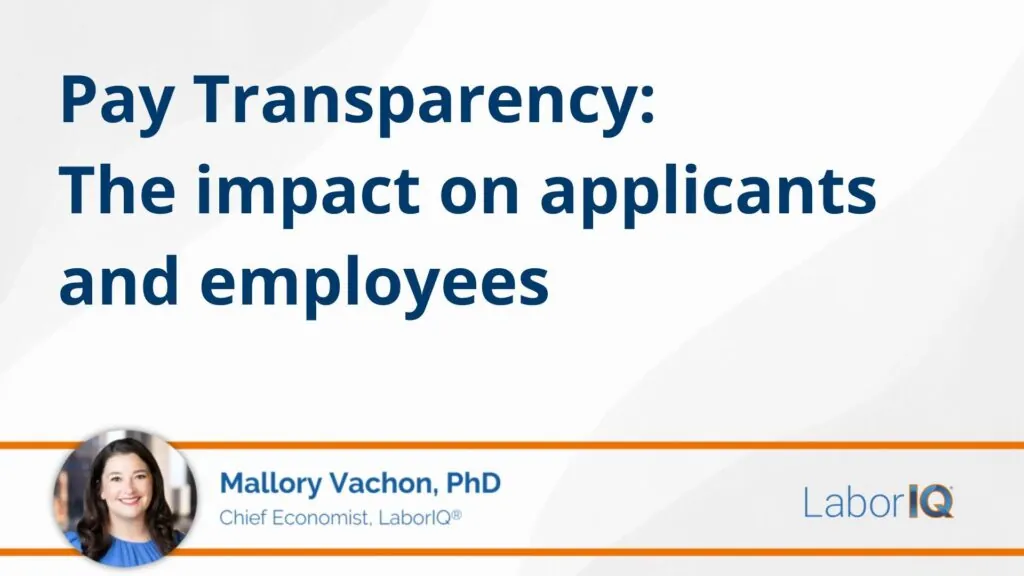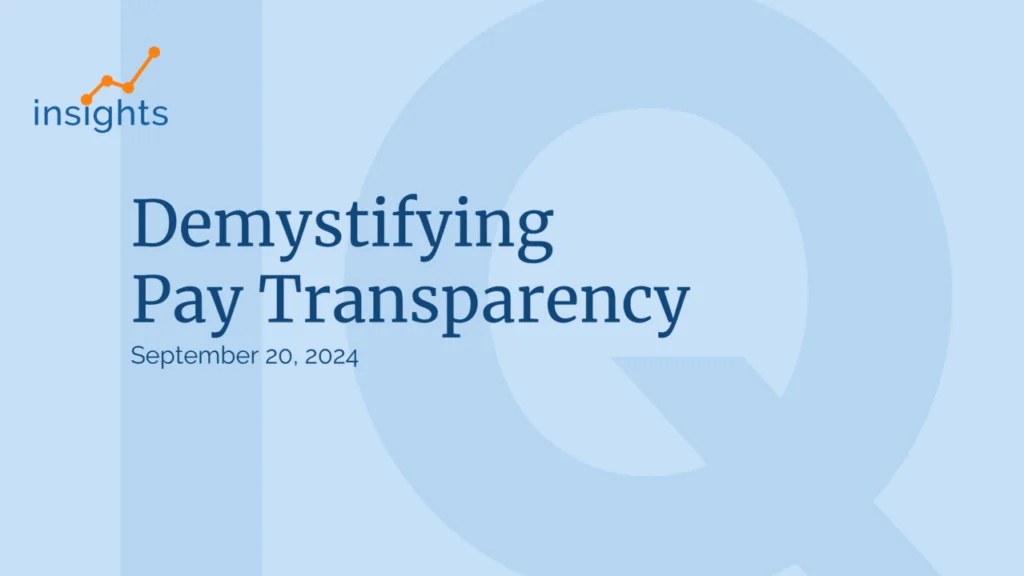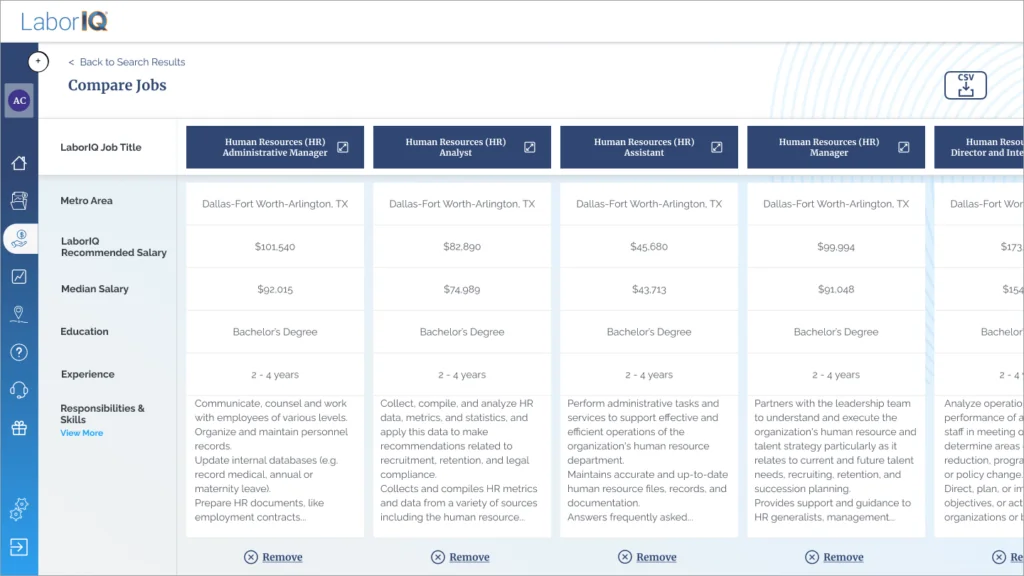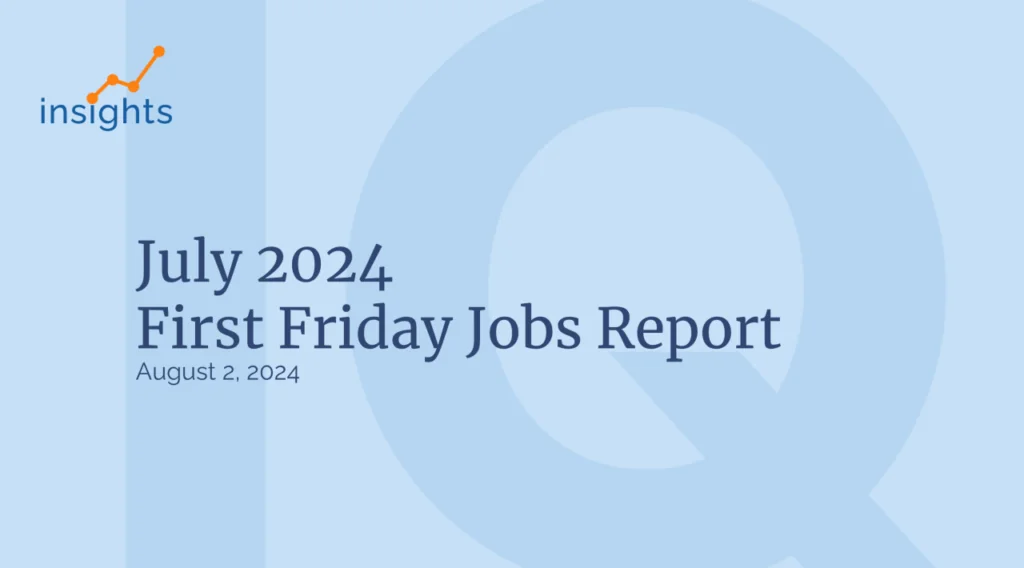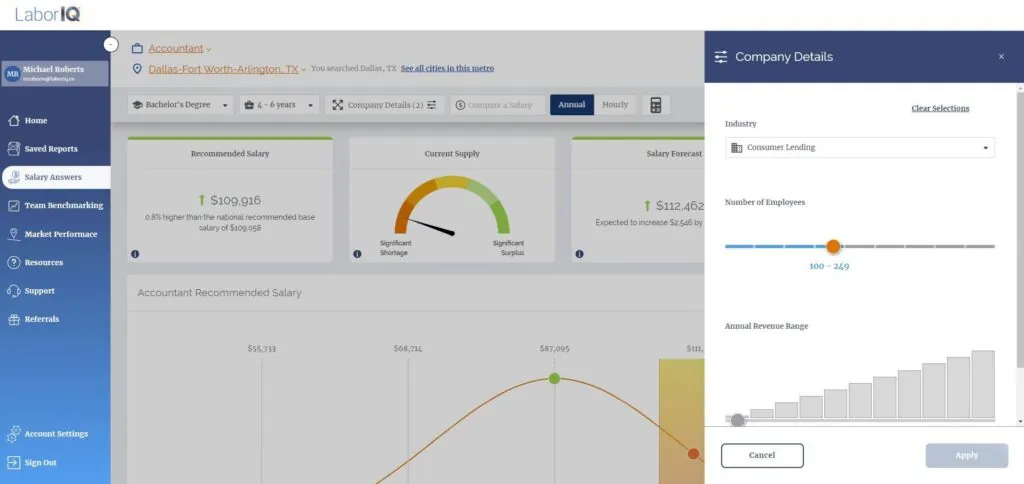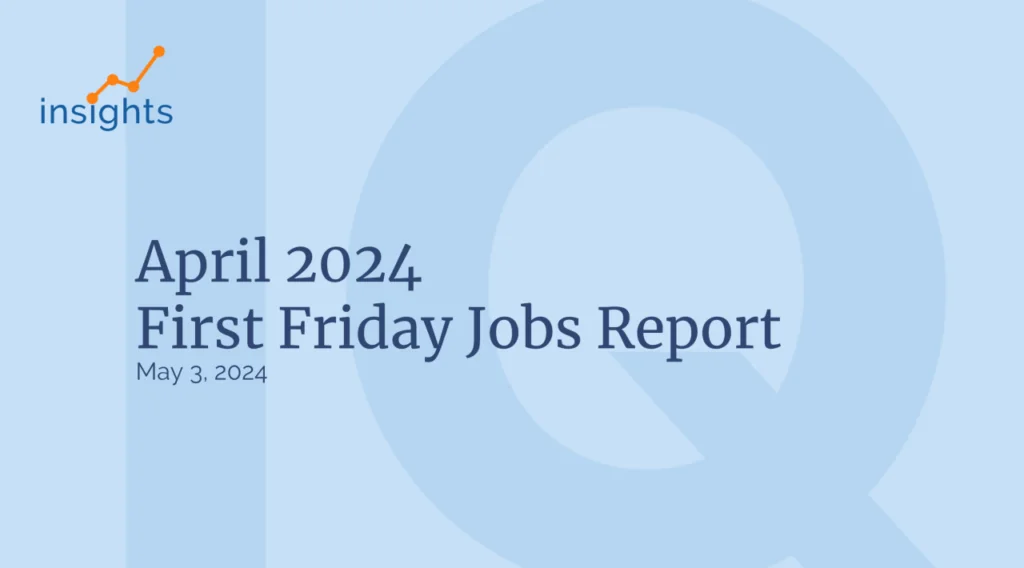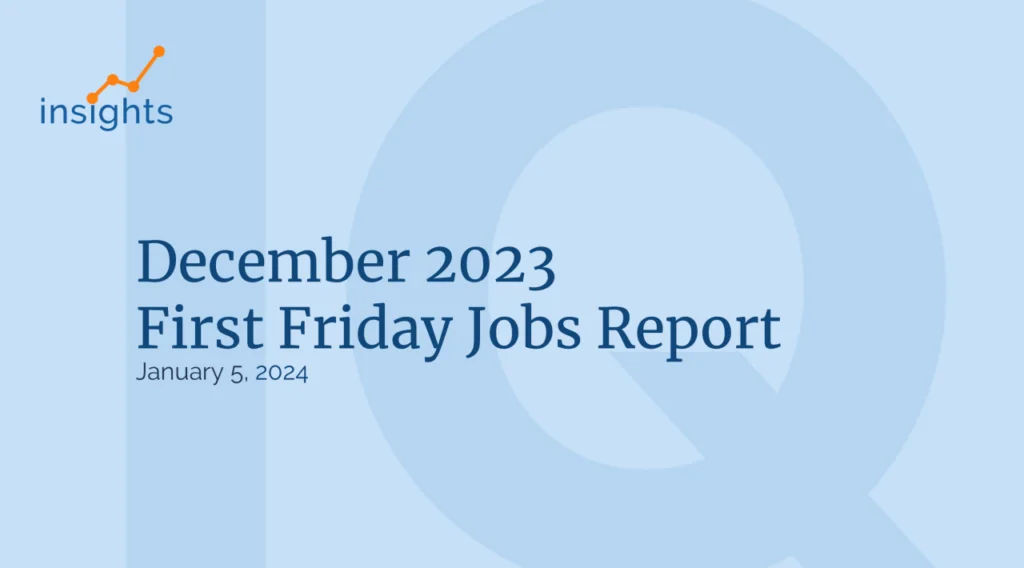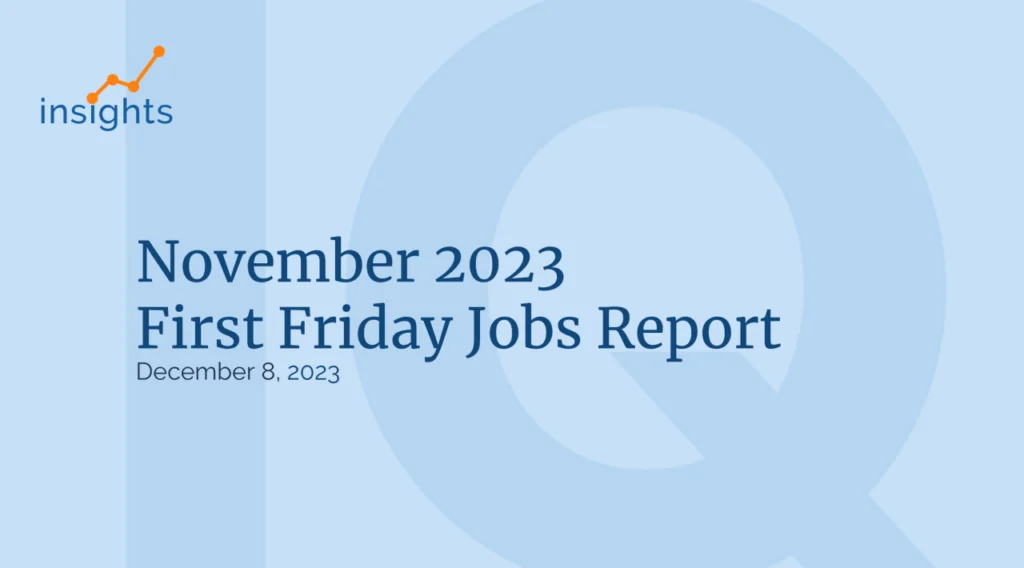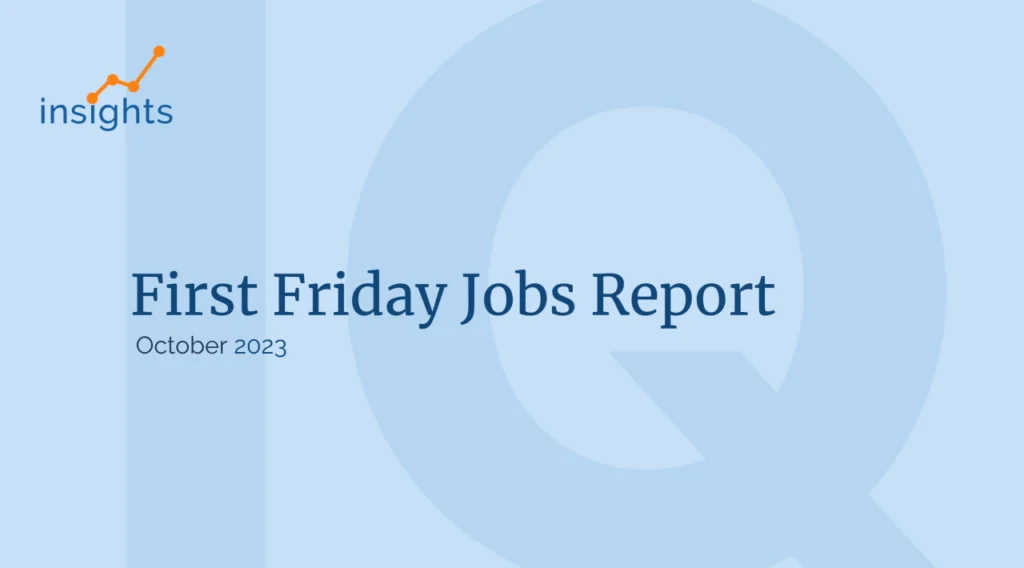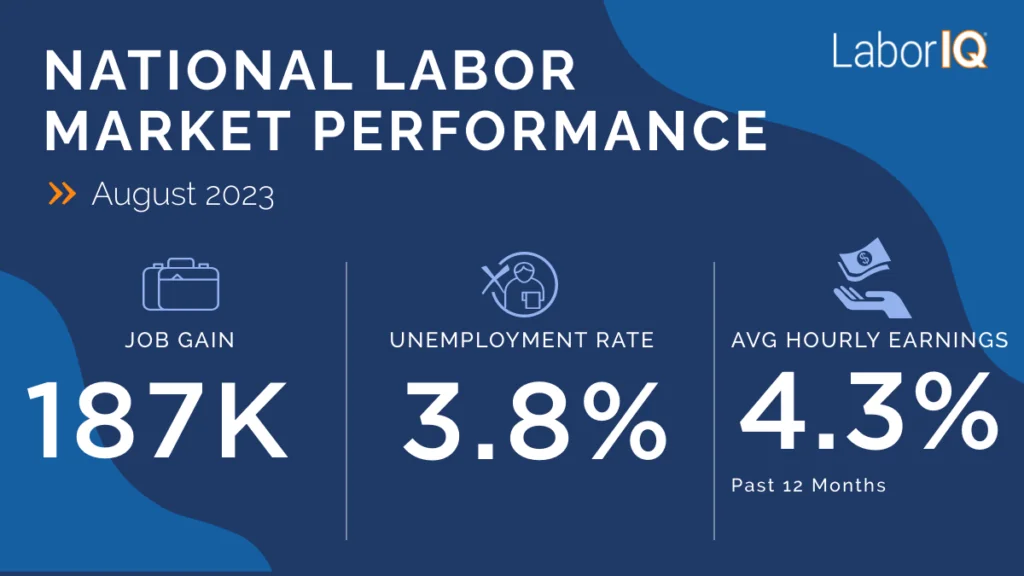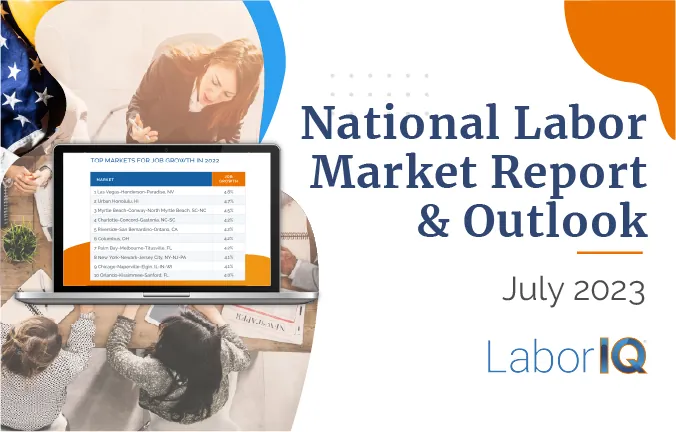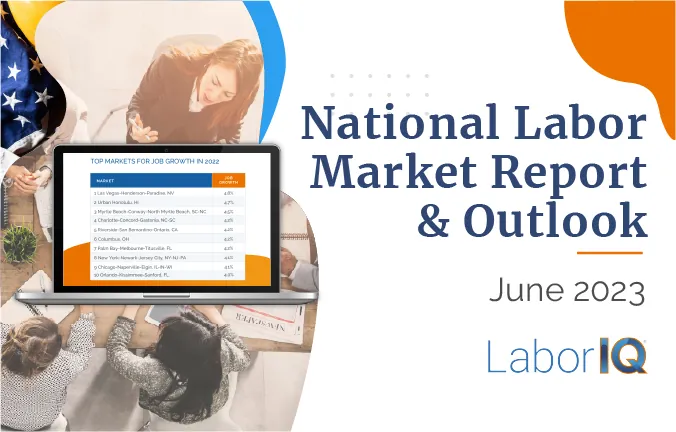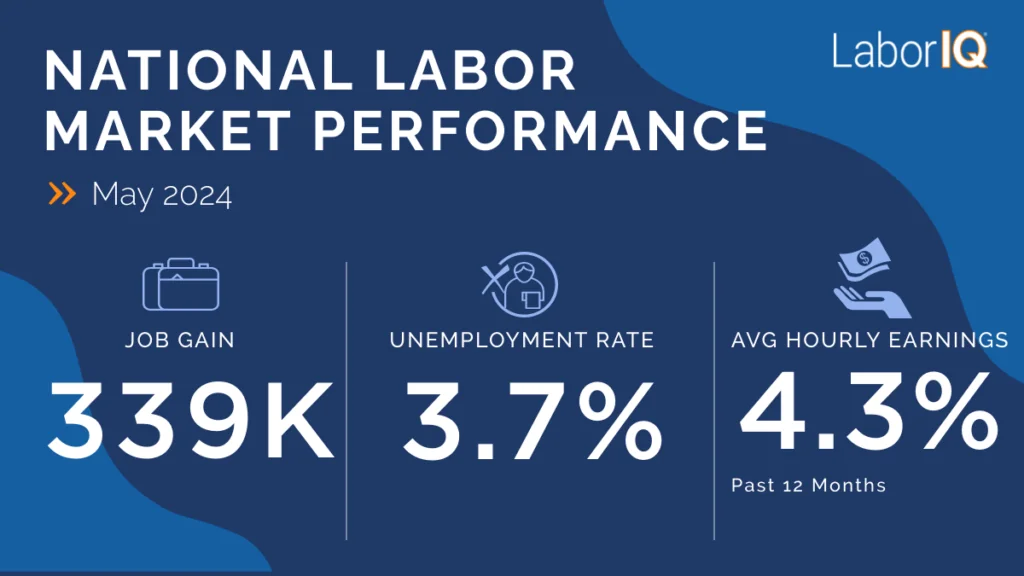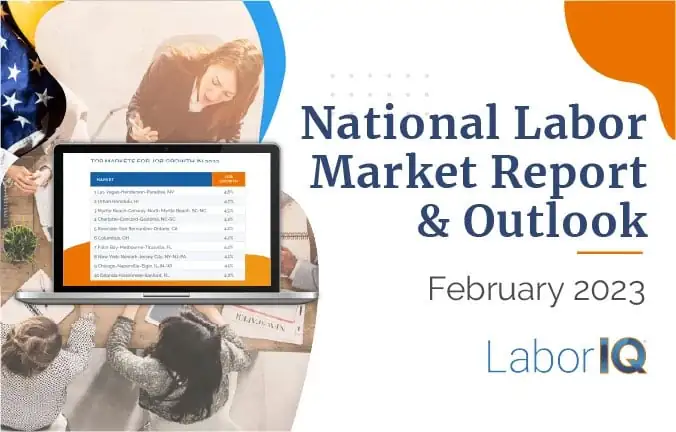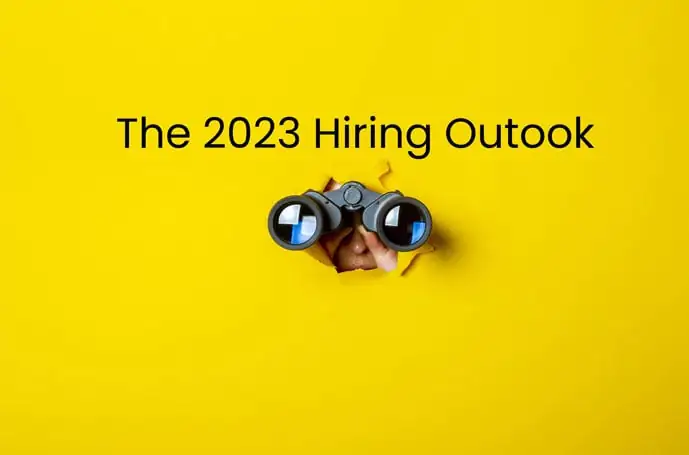Recruiters and talent acquisition professionals are likely to face the same challenges in 2022 as they have in prior years. Namely, difficulties in filling vacancies, people quitting their jobs, and keeping ahead of their competitors to attract top talent.
With these issues in mind, what are the types of resolution recruiters and talent acquisition leaders can make in 2022 to ensure they find candidates with the right skills and cultural fit for their organizations?
Let’s take a look…

Use Labor Market Data
Recruiters who keep up with the labor market in different geographical areas are more strategically positioned to target potential talent pools. Namely, because they have the data to pitch roles competitively and predict the optimum time for a recruitment drive.
Analyzing the labor market according to different industries is a breeze with the right software. LaborIQ is a great source for labor market analytics. This platform provides recruiters with convenient access to salary comparisons by job, location, and industry, along with information about things like skills shortages in particular geographical areas.
Offer The Right Salary
Often, the same job will pay differently in different parts of the country. Therefore, it’s essential to create competitive compensation strategies that pay employees not only what they’re worth but what they expect to earn as a standard in their area.
Remember, 62% of workers will consider changing jobs if approached by another company or are actively looking for other work. Needless to say, using data to pay both hourly and salaried workers a competitive rate that reflects their skills goes a long way to preventing losing top talent to competitors
The most effective way to offer the ‘right salary’ is to use tried and tested compensation evaluation methods. For example, as a first step, sourcing reliable data concerning the average salary for a particular role in a specific location. The next step would be to use this data to pitch a competitive wage that attracts higher-quality hires.
It’s also worth sourcing verified data to get an accurate insight into local economic conditions. For instance, data concerning:
- Industries
- Geographical locations
- The number of qualified candidates available based on experience and education
- The demand for qualified candidates
- Company size and profits
With all of this data at your disposal, you and your HR team will get a deeper understanding of the local economic conditions. This lays the groundwork for you to hire with accuracy and speed the first time around.
The best way to obtain such data is to use software like LabourIQ. A platform like this empowers you to dig deep into employee compensation for different roles, industries, and locations. With these facts at hand, you can be confident that you’re offering the right salary to attract the best talent.
Use Workforce Analytics to Enhance Recruitment
Successful recruiters and talent acquisition leaders understand that every step of today’s hiring process relies on a multitude of data touchpoints. Workforce analytics can provide recruiters with beneficial insights into which candidates are a fit both in terms of skills and aptitude. In addition, such predictive analytics can help recruiters improve their candidate selection methods and better understand skills shortage patterns.
Workforce analytics can also provide managers and talent acquisition leaders insights into employee performance and longevity. This is important because hiring new people is expensive. A study for the Society for Human Resource Management found that the average cost of a new hire in the U.S. is $4,129. This is where the value and return on investment are realized when using workforce analytics to help boost retention and hire candidates that will go the distance.
Are You Ready to Make Your New Year’s Recruitment Resolutions?
The majority of these resolutions are data-centric. The takeaway here is clear: There are many benefits to incorporating data into your recruitment strategies. By accepting that data is here to stay, recruiters and talent acquisition professionals will better position themselves to create, implement, and optimize more accurate and stable recruitment strategies.


